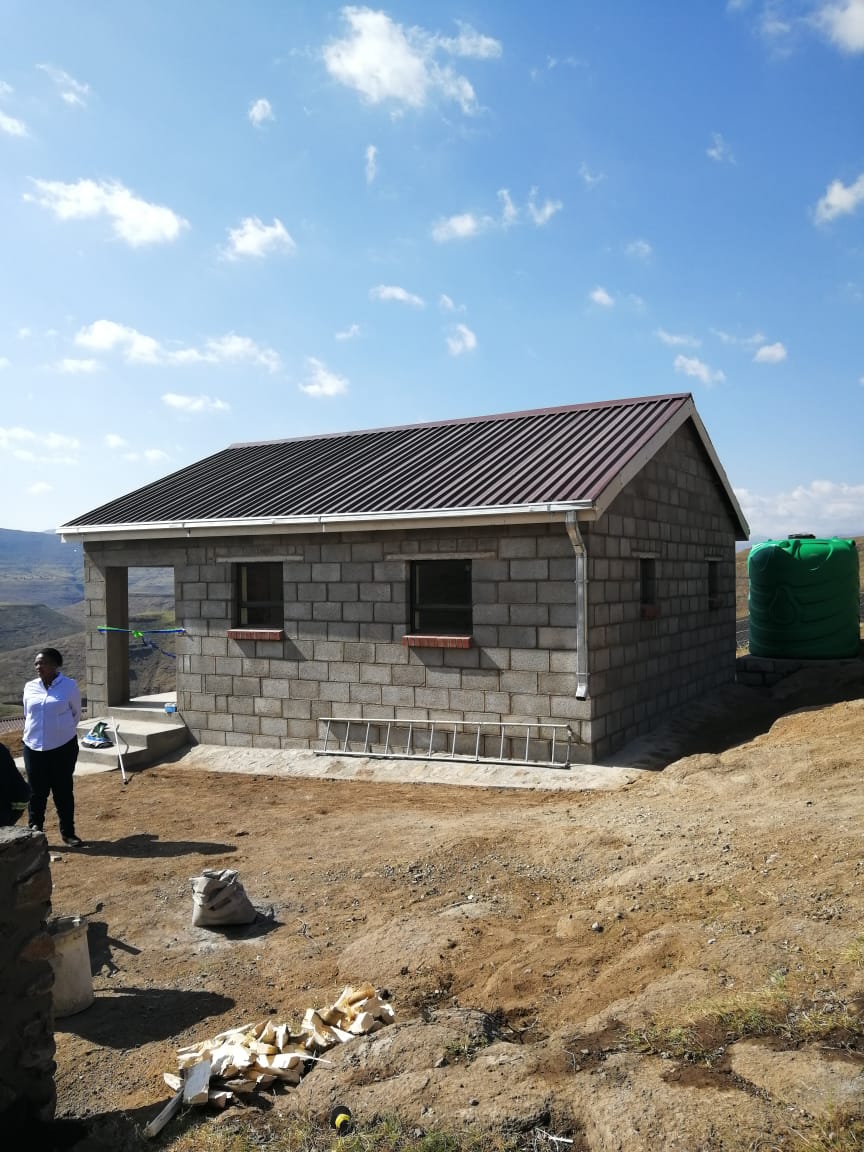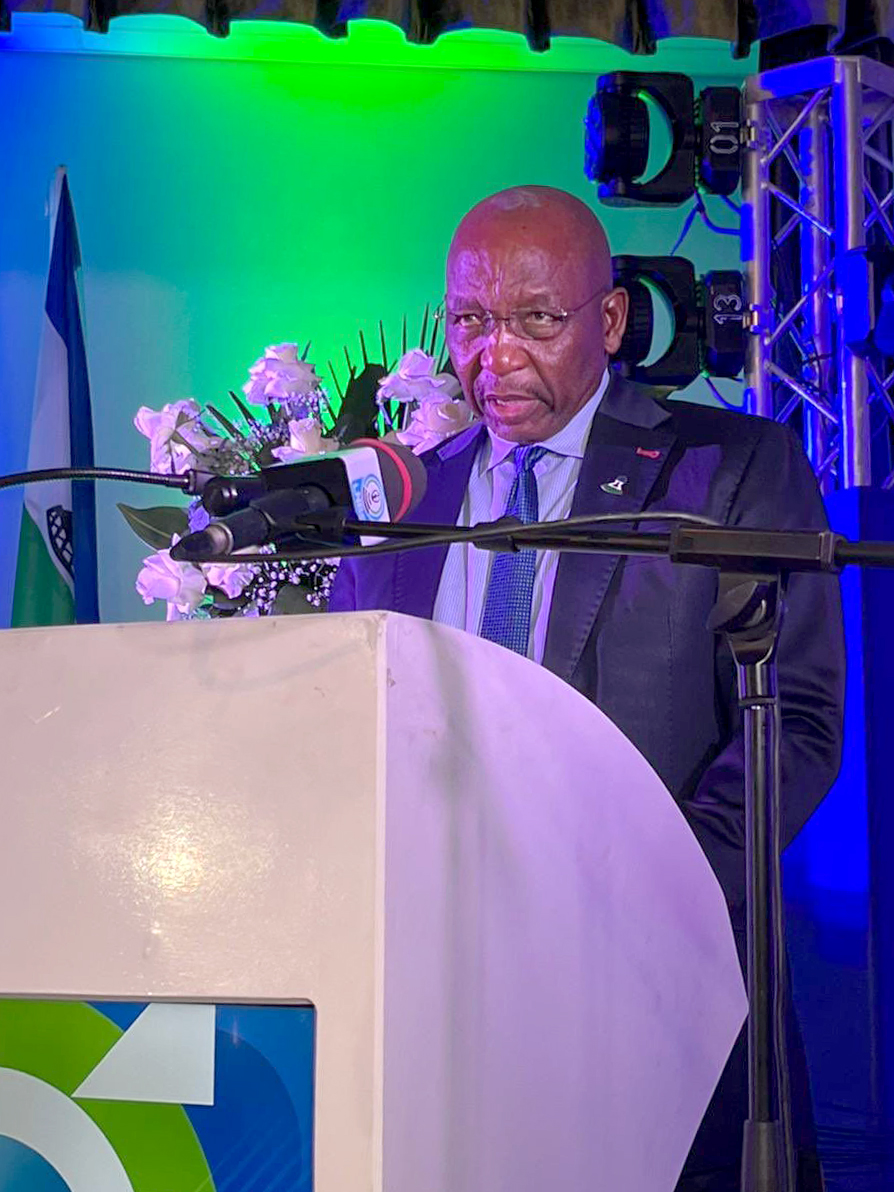Mohloai Mpesi
An emotional 87-year-old ‘Makhotsang Nkalai could not hold her tears as she entered her new four-roomed house built by Lesotho Highlands Development Project (LHDA).
The house was built to relocate ‘Makhotsang homestead from near a road that was to be rehabilitated by LHDA under the second phase of the Lesotho Highlands Water Project (LHWP).
Makhotsang’s initial two houses; a one-roomed house with corrugated-iron roofing and a rondavel, were demolished and in return, she was presented with the newly built four-roomed house.
The new house replaces the one-roomed, corrugated iron roofed house, and it is worth M500 000.
In addition, the LHDA has also paid M300 000 to ‘Makhotsang in compensation for her rondavel, as she preferred cash instead of another house.
Makhotsang’s new home was among three households unveiled by the LHDA for relocated Checheng villagers in Mokhotlong last week under its livelihood restoration programme.
Other relocated villagers along with Makhotsang are her relatives, Libuseng and TÅ¡eliso Nkalai.
The trio’s houses were close to the 16 kilometre Polihali North East Access Road leading to the project site.
According to Polihali Senior Integrated Management Officer, Koali Hlasoa, the houses were built from March last year as part of relocating residents living near the road.
“These people had their houses build near the road running from Mapholaneng to Polihali, which was going to be facelifted. This was necessary because during the construction of the road, their houses were going to be affected,†Hlasoa said.
He further highlighted that according to the Polihali compensation policy, they had to install a perimeter fence around each new homestead, a toilet, a fire stove and drip irrigation system.
“We have also given them disturbance allowances, which they are given for a period spanning three years.â€
He said Makhotsang was paid M23 000 as a disturbance allowance, while Libuseng and TÅ¡eliso were each given M46 000 and M23 000, respectively.
“This is so that when they get in their new homes, they should have something to start with. The money is devided into three parts; they get half of it when they occupy the house, and the remaining after a year and the next.â€
TÅ¡eliso, who received a three-roomed house from LHDA, indicated that they thought their houses were going to be in danger when the project starts, little did he know what was in store for them.
“This is a big gift from LHDA, we now have modern houses and we thank LHDA and we are happy,†he said.
Polihali Diversional Manager, Gerrard Mokone indicated that they came across challenges where people would refuse to register their property before the commencement of the project, which slows down their progress.
According to Mokone, over 14 million cubic metres of rock, which will be quarried locally within the dam basin, will be compacted to build the Polihali dam wall.
“The dam will create a reservoir on the Senqu and Khubelu rivers with a surface area of 5 053 hectares and a full supply storage capacity of 2 325 million cubic metres.
The Polihali dam infrastructure includes a spillway, a compensation outlet structure and a small hydropower station.
“The saddle dam will be 43 metres high and will have a crest length of 603 metres and a crest width of 9 metres. Its function is to raise a low point on the reservoir margin to prevent water from by-passing the Polihali Dam,†Mokone said.

Your Trusted Source for News and Insights in Lesotho!
At Newsday Media, we are passionate about delivering accurate, timely, and engaging news and multimedia content to our diverse audience. Founded with the vision of revolutionizing the media landscape in Lesotho, we have grown into a leading hybrid media company that blends traditional journalism with innovative digital platforms.












